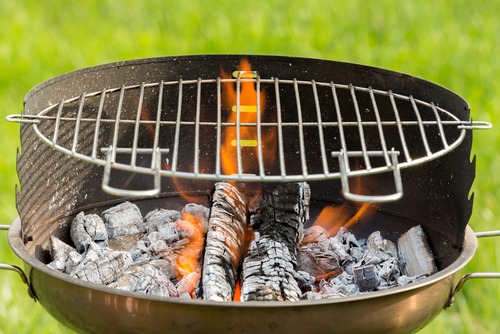Protect your Family from a House Fire
More than 3,000 people die in the U.S. every year as a result of house fires, according to the U.S. Fire Administration. More than half of all fatal house fires occur in the overnight hours of 11 p.m. to 7 a.m., when people are asleep and unable to recognize the signs of fire. But there are several safety measures you can take to make sure you and your family are protected from house fires—even when asleep.
1. Correctly Install Smoke Alarms
About two-thirds of fatal house fires occur in homes with no working smoke alarms, according to the Consumer Product Safety Commission. Properly maintaining smoke alarms is one of the easiest and least expensive ways to protect yourself and your home from a devastating fire. The majority of fire fatalities happen when families are asleep, and a simple smoke alarm can wake you, alert you, and give you enough time to escape relatively unharmed.
Install a smoke alarm on every level of the home, outside sleeping areas, and inside each bedroom. Smoke alarms in bedrooms are essential, as bedrooms are the No. 1 location where fire fatalities occur in the home (accounting for 53 percent of all residential fire deaths).
Place smoke alarms on the ceiling when possible, and if placing on the wall, make sure they are between 6 and 12 inches from the ceiling. Try not to put smoke alarms too close to kitchen appliances or fireplaces, as this may set off the alarm unnecessarily. Also avoid placing them near bathrooms, windows, ceiling fans, or heating appliances.
2. Test and Update Smoke Alarms Regularly
Smoke alarms are only effective when properly maintained. Follow this schedule for testing and changing batteries in your smoke alarms:
- Once a month: Test all smoke alarms in your house.
- Once a year: Replace smoke alarm batteries. (Make it easy to remember by doing it the same day you reset your clocks in the fall or spring.)
- Once every 10 years: Replace all smoke alarms in the house.
3. Use Caution Around Household Items
More than 300,000 residential fires are started in the U.S. each year, and many of them are preventable. Being cautious and safety-oriented around kitchen appliances, heating and cooling equipment, and electrical cords can greatly reduce your risk of residential fires.
The largest portion of house fires are caused by cooking equipment. Cooking oils often cause small, fast-moving fires in the kitchen, which can quickly spread to other areas of the home. To prevent cooking fires, never leave the stove unattended and watch hot pans closely. Avoid loose-fitting clothing and dangling sleeves while cooking, and try not to store items behind or directly above the stovetop. This way, you can reduce your chance of lighting clothes on fire while reaching over the cooking surface.
The second-largest portion of house fires are caused by heating and cooling equipment. Always exercise caution around central heating units, space heaters, heat transfer systems, chimneys, and fireplaces. Call a professional every year to inspect your heating, cooling, and water appliances to ensure everything is in working order. Only use portable electric heaters when you are awake and attentive—they are not designed to be used overnight and represent a major fire hazard. The Consumer Product and Safety Commission recommends finding a portable heater that has been listed by a nationally-recognized testing laboratory, which has to meet certain safety requirements.
Wiring and lighting require extra care, especially during the winter months when lighting, heating, and appliances see increased use. Old wiring and faulty electrical outlets can easily spark house fires if used, as well as stiff or cracked electrical cords. Frayed wires and damaged electrical cords should be replaced immediately, as they can become unsafe and start a fire. Keep combustible objects away from light bulbs, and be sure to use the correct wattage bulb for each fixture to minimize the risk of house fires.


















